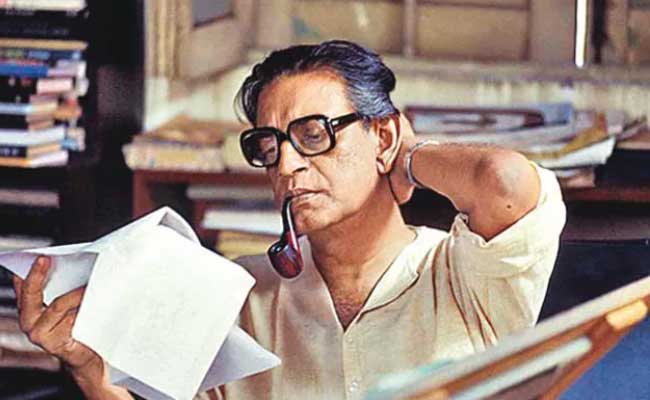The Life and Legacy of Satyajit Ray: India’s Iconic Filmmaker
Satyajit Ray was one of India’s most celebrated filmmakers, known for his poignant and nuanced portrayals of life in India. Over the course of his career, Ray directed 36 films and wrote numerous books and essays, cementing his legacy as one of India’s greatest cultural icons.
Early Life and Career
Satyajit Ray was born on May 2, 1921, in Calcutta (now known as Kolkata), India. His father, Sukumar Ray, was a well-known poet and writer, and his mother, Suprabha Ray, was a talented singer. Ray grew up in a creative household, surrounded by literature, music, and art.
After completing his education in economics at Presidency College, Calcutta, Ray began his career as a graphic designer. He designed book covers, movie posters, and advertisements, which helped him develop a keen eye for detail and composition.
In 1949, Ray’s life took a dramatic turn when he was asked by French filmmaker Jean Renoir to assist him on the set of his film, The River. Ray jumped at the opportunity and spent several months working with Renoir, learning the ins and outs of filmmaking.
First Film and International Recognition
In 1955, Ray directed his first film, Pather Panchali (Song of the Little Road), which was based on a novel by Bibhutibhushan Bandopadhyay. The film follows the story of a young boy named Apu, who grows up in a poverty-stricken rural village in Bengal.
Pather Panchali was a critical and commercial success, both in India and abroad. The film won numerous awards at international film festivals, including the Best Human Document award at the 1956 Cannes Film Festival, which marked the first time an Indian film had won an international award.
Apu Trilogy and Other Films
Pather Panchali was the first installment in Ray’s famous Apu Trilogy, which also included Aparajito (The Unvanquished) and Apur Sansar (The World of Apu). The trilogy is considered a masterpiece of Indian cinema and is widely regarded as one of the greatest film trilogies of all time.
Ray continued to make films throughout the 1960s and 1970s, exploring a variety of themes and genres. His films often dealt with issues of social inequality, poverty, and the struggles of everyday life in India.
Some of Ray’s most notable films from this period include Charulata (The Lonely Wife), a poignant exploration of a woman’s loneliness and desire for intellectual stimulation; Jalsaghar (The Music Room), a haunting portrayal of a man’s obsession with music and status; and Shatranj Ke Khilari (The Chess Players), a satirical look at the decadence of the Indian aristocracy during the colonial era.
Legacy and Influence
Satyajit Ray’s impact on Indian cinema and culture is immeasurable. His films are known for their humanism, authenticity, and attention to detail, and he is widely regarded as one of the greatest filmmakers in the history of Indian cinema.
Ray’s influence extends beyond India, however, and his films have had a significant impact on world cinema as well. Filmmakers such as Martin Scorsese, Francis Ford Coppola, and Akira Kurosawa have all cited Ray as a major influence on their work.
In addition to his filmmaking career, Ray was also a prolific writer and illustrator. He wrote numerous books and essays on a variety of subjects, including film, literature, and music, and he also illustrated several children’s books.
![]()





